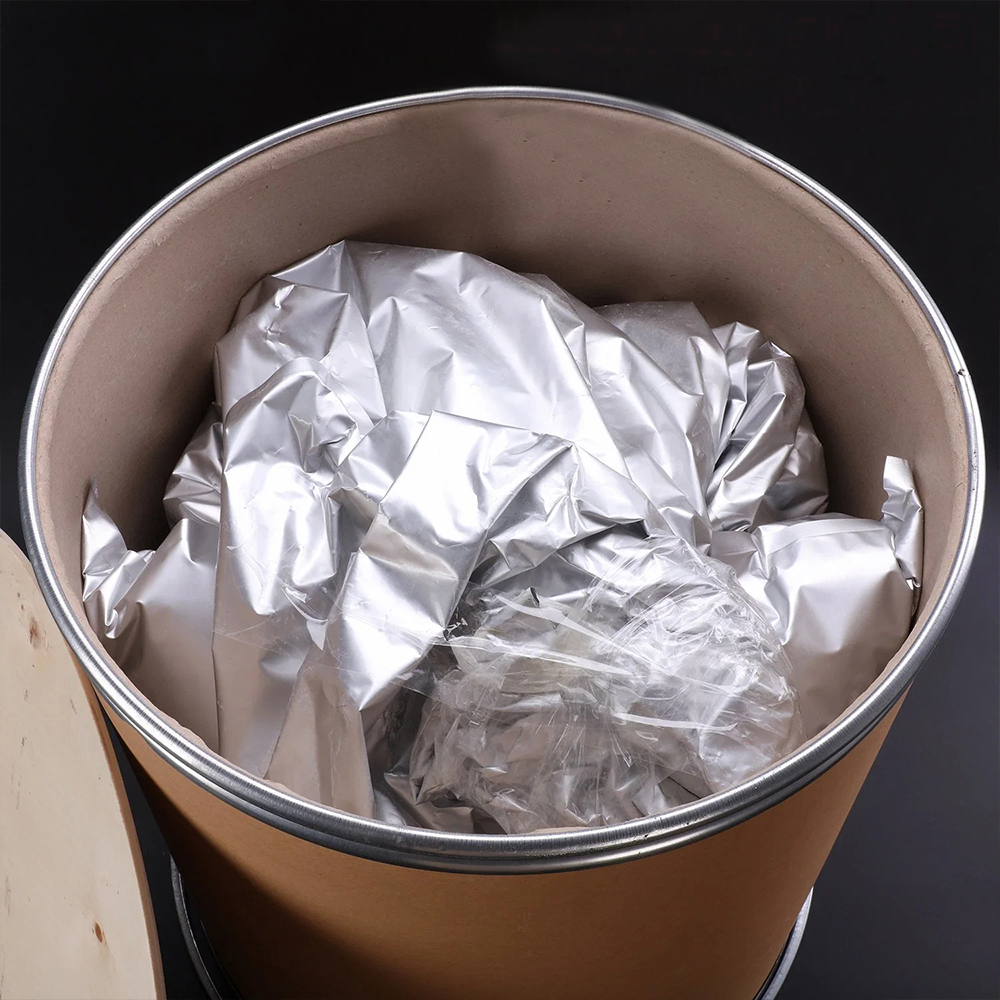



Assessing the Toxic Effects of Polyacrylamide on Human Health and the Environment
Polyacrylamide is a synthetic polymer widely used in various industries, including wastewater treatment, mining, paper production, and even in the cosmetic industry. Its ability to enhance the viscosity and stability of solutions has made it a valuable compound. However, the increasing concern over environmental and health implications has raised questions regarding its toxicity, particularly when it comes to exposure and degradation.
Polyacrylamide itself is generally regarded as non-toxic. The polymer is formed through the polymerization of acrylamide monomers, which is classified as a neurotoxin. The primary concern lies not within the polymer itself but rather in its potential to release acrylamide upon degradation or mishandling. Acrylamide is known to be hazardous to human health and is classified as a probable human carcinogen by international health organizations.
.
In the context of environmental safety, polyacrylamide’s use in wastewater treatment raises potential risks. When polyacrylamide is used to flocculate particles in sewage and industrial waste, there is a possibility that acrylamide can leach into the water if the polymer is not fully polymerized or during its degradation. This can result in contaminated effluents that may harm aquatic life and enter the food chain, leading to broader ecological impacts.
polyacrylamide toxicity

Regulatory agencies actively monitor and set guidelines concerning the permissible levels of acrylamide in products and the environment. OSHA (Occupational Safety and Health Administration) has established exposure limits for acrylamide to protect workers, while EPA (Environmental Protection Agency) provides guidelines to ensure that drinking water is free from this contaminant.
Alternatives to polyacrylamide, such as natural polymers like chitosan or starch-based substances, are being explored due to their lower toxicity profiles. These alternatives can perform similar functions in various industrial applications but pose far fewer risks to health and the environment.
Additionally, ongoing research seeks to improve the safety of polyacrylamide use by enhancing its formulation and decreasing acrylamide monomer content in commercial products. Modifying the polymerization process to achieve higher degrees of polymerization may help to minimize the release of free acrylamide during usage and degradation.
In conclusion, while polyacrylamide has numerous beneficial applications, the toxicity of its acrylamide monomers cannot be overlooked. Awareness and caution are essential when handling and utilizing this polymer, particularly in settings where exposure is likely. With proactive measures, including regulatory oversight and the development of safer alternatives, the risks associated with polyacrylamide can be managed, allowing its beneficial uses to continue while protecting human and environmental health.
-
Why Sodium Persulfate Is Everywhere NowNewsJul.07,2025
-
Why Polyacrylamide Is in High DemandNewsJul.07,2025
-
Understanding Paint Chemicals and Their ApplicationsNewsJul.07,2025
-
Smart Use Of Mining ChemicalsNewsJul.07,2025
-
Practical Uses of Potassium MonopersulfateNewsJul.07,2025
-
Agrochemicals In Real FarmingNewsJul.07,2025
-
Sodium Chlorite Hot UsesNewsJul.01,2025










